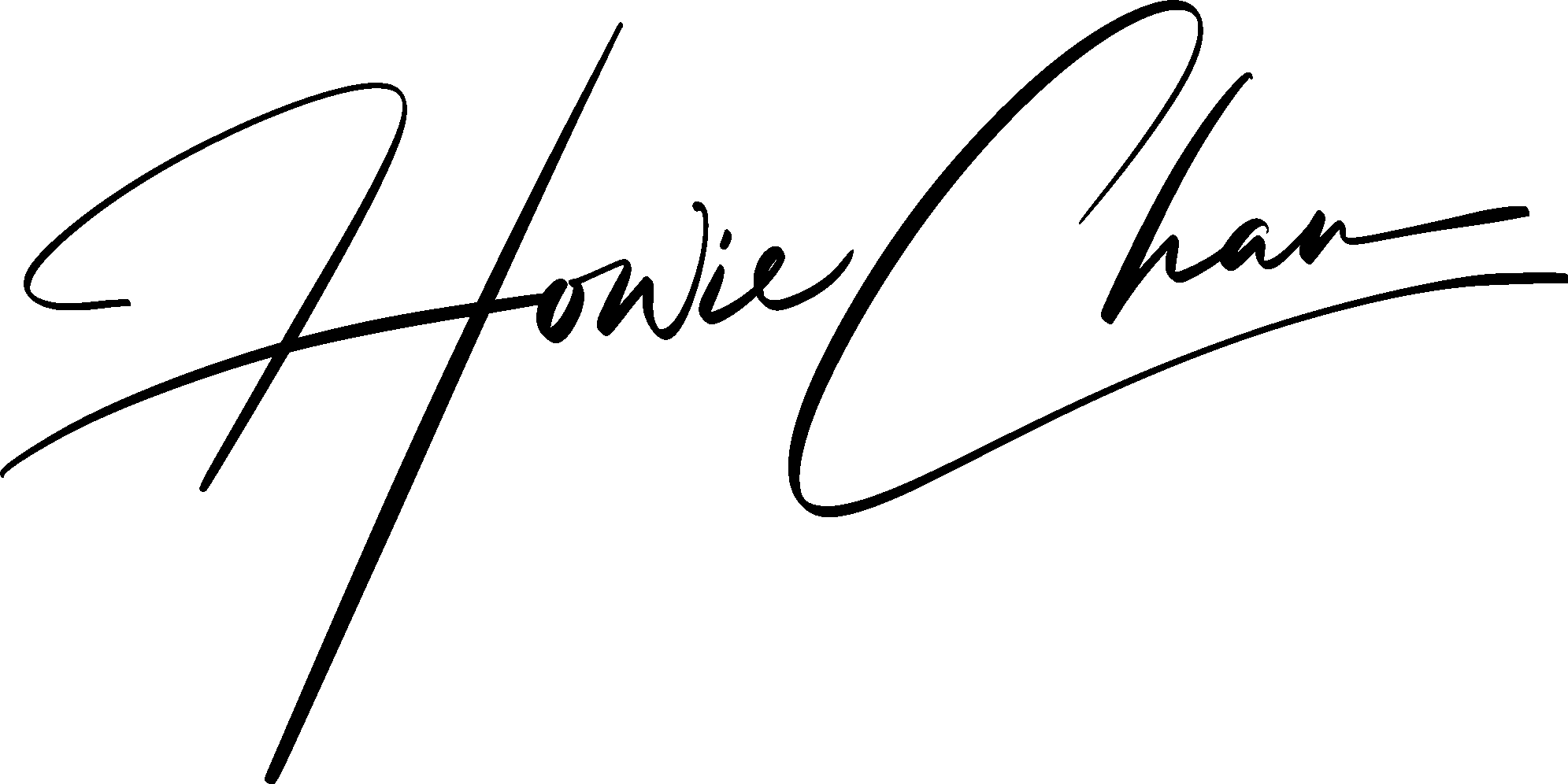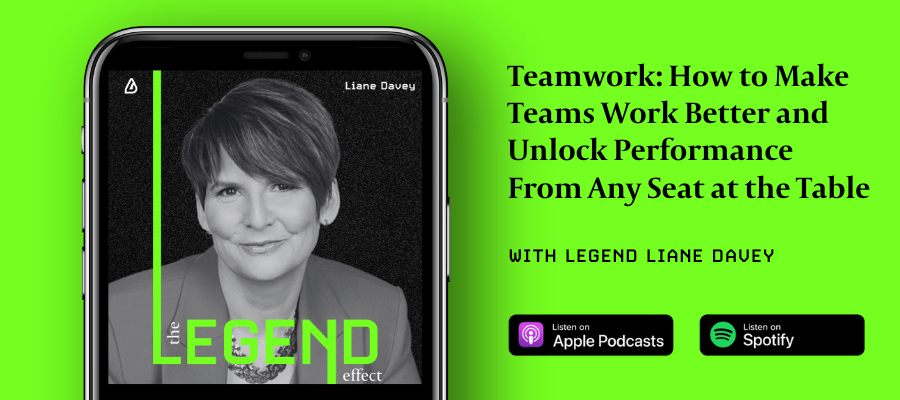Dear {{ first name | Legend}},
Do you work in a team? Most people do. In fact all companies are simply a team of many teams.
Are the teams you’re on performing well? (If yes, good for you!)
If no, you are certainly not alone. The truth is that most teams aren’t high-performing. In fact, most teams are dysfunctional and just trying to get through each day, some teams are downright toxic.
I remember being in a team where there were constant fires and constant fire drills. I was pushed to the point where I was anxious all the time, every email, every text drove my heart rate up. It was one of the worst experiences of my life, especially when my brand strategy was completely rewritten without my knowledge. Looking back at that time, I realized I was playing the Wounded in a Crisis Junkie team and I know what now I should have done back then (want to know your role and your team pattern? Read on.)
If a team is toxic, whose fault is it? (I know what you’re thinking.)
The leader!
Why can’t the leader lead better?
Why are they getting paid more if they can’t lead?
I can’t/ shouldn’t do anything because I’m not the leader.
I too thought like this until I sat down with Liane Davey, the Teamwork Doctor.
Liane holds a PhD in organizational psychology and spent over 25 years helping teams at companies like Google, Amazon, and SONY cut through dysfunction and perform at their best. As a New York Times bestselling author of books such as The Good Fight and You First, and a trusted voice in Harvard Business Review and CNN, Liane combines deep psychological insight with practical tools leaders can use immediately.
She shared an idea that gave the power of teams to everyone at the seat of the table, not just at the head of the table.
The idea is this: ❤️ Every toxic team is reliving a pattern, and we are contributing to that pattern through a role we play.
Yes, if you’re not part of the solution, you ARE part of the problem! So if you identify and shift your role, you can break the pattern and free your team.
“Most people sit waiting for everyone else to change. That’s a guaranteed path to being exactly where you are today, tomorrow.”
Powerful isn’t it?
Here are the roles we typically play that aren’t helpful at all:
Wicked – The openly toxic behavior
Wounded – The passive victim mindset
Witness – The bystander who enables it all
How do we shift out of our roles and break the pattern? Here are three steps:
1. Get radically honest with yourself
Am I behaving in a way that’s toxic (Wicked)?
Am I playing the victim and avoiding responsibility (Wounded)?
Am I staying silent when I know I should speak up (Witness)?
2. Interrupt your default pattern
If you’re being Wicked (e.g. dominating, interrupting, gossiping), choose empathy or curiosity instead
If you’re feeling Wounded (e.g. passive, powerless), take accountability for what you can change
If you’re a Witness (e.g. observing bad behavior without acting), hold up a mirror and say, “By staying silent, I am agreeing to bad behavior, do I really agree?”
3. Make one small change and watch what happens
Even one shift: not venting behind someone’s back, owning a mistake, or saying, “Hey, can I push back on that?” starts a new ripple.
🧠 The team dynamic changes because you’ve changed.
The other thing you can do is to understand the archetype of your toxic team. By knowing the pattern that’s playing over and over again, you can take specific actions to shift your team to a better place.
🧰 The 5 Toxic Team Archetypes…and how to break the cycle from any seat at the table
1. The Crisis Junkie Team
Functions only when things are on fire. No clarity or urgency unless there’s a deadline, meltdown, or chaos. (This was my lived experience for many months!)
🔥 Leader Action:
Hold a weekly 15-min alignment meeting focused on priorities and potential issues before they become urgent.
🔥 Team Member Action:
When things are calm, ask “What would make this work smoother, before it breaks all of us?” Be proactive, not reactive.
2. The Bobblehead Team
Everyone smiles and nods, but walks away with different interpretations. Real opinions stay hidden.
🤐 Leader Action:
End every key meeting by asking, “What did you hear? Where do we disagree?” Make healthy dissent safe and expected.
🤐 Team Member Action:
Speak up before the meeting ends. Say: “I may be the outlier here, but can I offer a different take?” One brave voice creates space for others.
3. The Spectator Team
Team in name only. People show up but don’t engage — no shared goals, no ownership, no real collaboration.
🪑 Leader Action:
Redefine roles and interdependencies. Ask: “Where do we actually rely on each other?” and reorganize if needed.
🪑 Team Member Action:
Stop passively attending. Ask in the meeting, “We all want to succeed. What’s the best way I can contribute here?” Show you're in the game.
4. The Bleeding Back Team
Passive-aggressive culture. People avoid conflict directly but gossip, vent, or sabotage behind the scenes.
🗡️ Leader Action:
Model direct but respectful feedback. Say things like, “Let’s bring that feedback into the room, not behind the scenes.”
🗡️ Team Member Action:
If someone vents to you privately, ask: “Have you shared that with them? We can build momentum if we’re all on the same page” Refuse to be the audience for gossip.
5. The Royal Rumble Team
High-conflict team where strong personalities dominate and psychological safety is low.
🥊 Leader Action:
Set ground rules for healthy debate (e.g., no interrupting, stay on topic, disagree with ideas not people).
🥊 Team Member Action:
Before jumping in, ask a clarifying question first. Show you're here to understand, not to win.
Remember this: you are not powerless and if your team is worth fighting for, fight for it by changing your role within it.
Which one are you in? (Email me! I want to hear about it!)
Want more?
Listen to this thought-provoking chat between Liane and I (website, Apple and Spotify) we also dive into some juicy stories about the teams she’s encountered! Here is a LinkedIn post I wrote, covering 10 of the best quotes to shift your mindset to form an unstoppable team. Feel free to like, comment, and share!
Make your mark, live your legend 🤘🏽
I’ll see you on Wednesday (Influence Science will now come on Wednesdays! 👏🏽)

Howie Chan
Creator of Legend Letters

How did you like today's Legend Letters?
WHENEVER YOU ARE READY
1/ Your Personal/ Professional Brand
”How do I package my genius into a clear, compelling brand?” Whether you want a quick high impact call or a complete done for you strategy, there’s a fit.
“What exceeded my expectations? The power of the brand idea & how easy it has been to immediately use it as I describe to others what I’m up to.”
2/ Hire me to speak to your team
Companies don’t become great. Great people make great companies. Organizations trust Howie Chan to bring programs that are provocative, actionable, and spicy 🌶 so every individual leave with a sense of fresh purpose and passion for greatness.
Are you ready?


